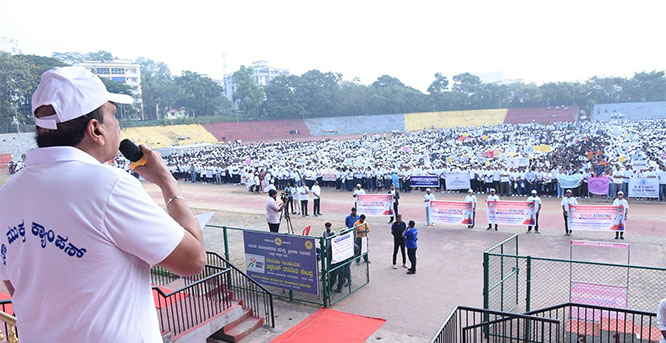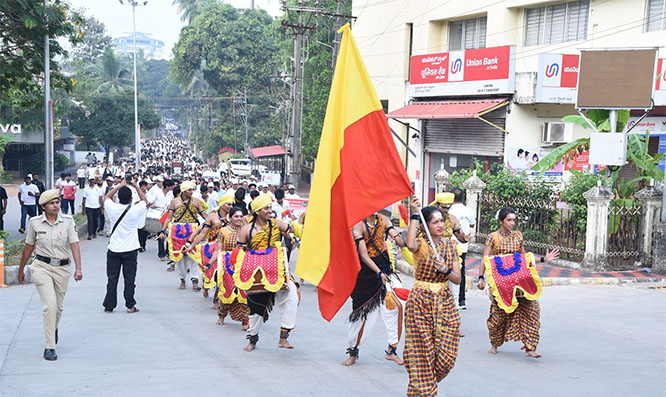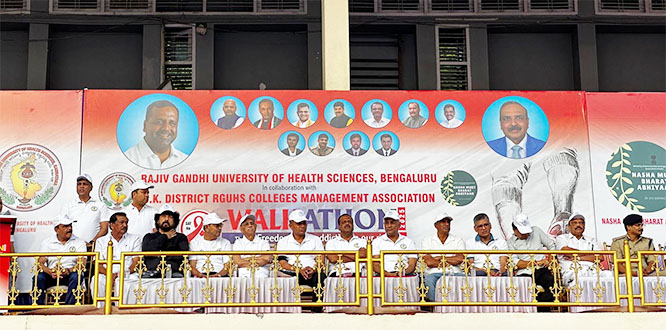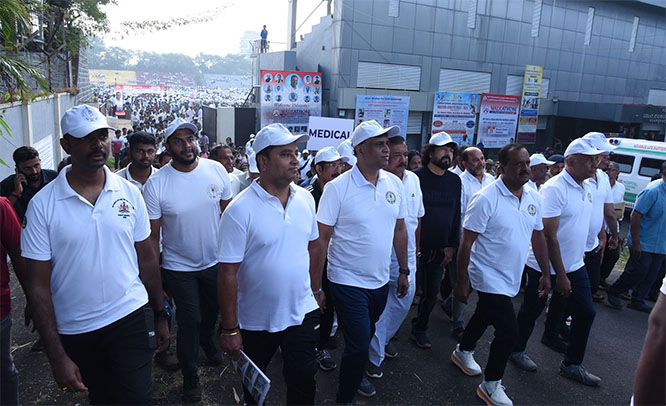
Pfizer Inc with partner BioNTech SE, Moderna Inc and AstraZeneca Plc have released trial data this month showing their experimental vaccines are effective in preventing the disease.
If regulators approve any of the vaccines in coming weeks, the companies have said distribution could begin almost immediately with governments around the world.
But many Asian countries do not expect to receive big amounts initially, and below are estimated distribution timelines, supply deals announced so far and clinical trials underway in the region.
Australia
It has agreed to buy 135 million doses: 34 million from AstraZeneca, 40 million from Novavax Inc, 10 million from Pfizer and 51 million from CSL Ltd.
It expects delivery of 3.8 million doses of AstraZeneca's vaccine in January and February next year.
China
China has not announced supply deals with Western drugmakers, which instead have partnered with private companies.
AstraZeneca's vaccine may be approved in China by mid-2021 and its Chinese partner Shenzhen Kangtai Biological Products plans to have annual production capacity of at least 100 million doses of the vaccine by end-2020.
For the Pfizer/BioNTech vaccine, a unit of Shanghai Fosun Pharmaceutical Group plans a Phase 2 trial.
Tibet Rhodiola Pharmaceutical Holding is bringing in Russian vaccine candidate Sputnik V and plans early and mid-stage trials of the shot in China.
China has also approved three vaccine candidates developed by Sinovac and state-owned Sinopharm for emergency use programme, and Sinopharm is hopeful of its two candidates receiving conditional approval for general public use within this year.
Japan
Japan has deals to purchase 120 million doses from Pfizer/BioNTech in the first half of next year, 120 million from AstraZeneca, of which first 30 million will be shipped by March 2021, and 250 million from Novavax.
It is also in talks with Johnson & Johnson and has a deal with Shionogi & Co.
Experts said vaccine makers would need to conduct at least Phase 1-2 trials in Japan before seeking approval.
South Korea
It aims to secure vaccines for 10 million people from COVAX and 20 million people from separate deals with drugmakers by the end of this year.
It has the "Optional Purchase" arrangement with COVAX that allows it to select vaccines from specific vaccine makers.
The timing of the procurement and the amount depend on the production schedule of those vaccines, according to health officials.
Inoculation is likely to start in the second quarter of next year to allow more time to observe potential side effects.
India
The head of the Serum Institute of India, which makes the AstraZeneca vaccine, said on November 23 the positive late-state trial result of the candidate will allow it to seek emergency use authorisation by year-end, before gaining approval for a full rollout by February or March next year.
India also expects a government-backed vaccine to be launched as early as February, while it is conducting a late-stage trial of Sputnik V.
Taiwan
Taiwan aims to secure around 15 million doses initially, both via the COVAX scheme and by directly purchasing from vaccine makers, and may buy additional 15 million doses.
The government has said it hopes to begin vaccinations in the first quarter of next year.
The Philippines
It is in talks with AstraZeneca for the supply of at least 20 million doses, which may arrive in the country in the second quarter of next year. It hopes to lock in 60 million doses in total and also is in talks with Pfizer and Sinovac.
Vaccine makers can apply for approval with the country's regulators even if no clinical trial is done in the Philippines.
Indonesia
It is one of the countries listed as 92 low and middle-income economies, which means it is entitled to have access to vaccines through COVAX for 20% of its population, or approximately 106-107 million doses if each person gets two injections.
Indonesia is testing Sinovac vaccine and preparing to start mass vaccination for medical staff and other frontline workers as early as late January.
Vietnam
A government official says vaccines from COVAX would cover only 20% of its population and the country is likely to have a chance to secure separate deals soon as overall demand is very high.
Bangladesh
Bangladesh signed a deal with India's Serum to buy 30 million doses of the AstraZeneca vaccine.
It also expects to receive 68 million doses from GAVI at a subsidized rate, a senior health ministry official said.














Comments
Add new comment